Symptom Reduction Calculator
Based on clinical studies referenced in the article, this tool estimates potential symptom reduction when using complementary therapies for blood cancer. Results are indicative and not medical advice.
Estimated Benefits
Results based on clinical studies referenced in the article. Individual results may vary.
Quick Takeaways
- Alternative therapies can lower stress, improve quality of life, and sometimes lessen treatment side‑effects for blood cancer patients.
- Acupuncture, yoga, and meditation have the strongest research backing among complementary options.
- Integrative oncology programs blend conventional medicine with proven supportive therapies for a personalized plan.
- Patients should discuss any new practice with their oncology team to avoid interactions.
- Evidence continues to grow-regularly check reputable sources for the latest studies.
When a diagnosis of blood cancer is confirmed, the immediate focus is on chemotherapy, radiation, or stem‑cell transplant. Yet many patients wonder if there’s more they can do beyond the main regimen. That’s where alternative therapies non‑pharmacological practices that complement standard treatment come into play. These approaches aim to support the body’s natural healing mechanisms, manage symptoms, and boost emotional resilience.
Why Consider Alternatives?
Blood cancers such as leukemia, lymphoma, and myeloma can trigger intense fatigue, nausea, anxiety, and pain. Conventional medicine tackles the disease itself, but it doesn’t always address the day‑to‑day discomfort that makes life feel miserable. Studies from the International Journal of Hematology (2023) show that patients who added supportive therapies reported a 30% reduction in perceived pain and a 25% increase in overall well‑being scores. The numbers aren’t magic- they simply reflect that the body responds to holistic care.
Commonly Used Therapies and Their Benefits
Below are the most widely practiced alternatives for blood cancer patients. Each entry includes a brief description, typical session length, and what the current research says.
| Therapy | Primary Benefit | Typical Session | Evidence Level |
|---|---|---|---|
| Acupuncture | Reduces nausea, pain, and chemotherapy‑induced neuropathy | 30‑45 minutes | Strong (multiple RCTs) |
| Yoga | Improves fatigue, flexibility, and mood | 60 minutes | Moderate (systematic reviews) |
| Meditation & Mindfulness | Lowers anxiety, enhances sleep quality | 10‑20 minutes daily | Strong (meta‑analyses) |
| Nutritional Supplements (e.g., omega‑3, vitamin D) | Supports immune function, may reduce inflammation | Oral daily | Mixed (depends on supplement) |
| Aromatherapy | Alleviates nausea and anxiety | 5‑15 minutes inhalation | Low (pilot studies) |
Deep Dive into the Top Three Therapies
Acupuncture
Acupuncture involves inserting thin needles at specific points to balance the body’s energy pathways. For blood cancer patients, the most compelling data involve nausea control during high‑dose chemotherapy. A 2022 multi‑center trial found that patients receiving acupuncture alongside standard anti‑emetics experienced 40% fewer vomiting episodes. The method is generally safe when performed by licensed practitioners, but you should confirm sterile techniques and disclose any bleeding disorders.
Yoga
Yoga combines gentle stretches, breathing exercises, and meditation. A 2021 cohort of lymphoma survivors showed a 22% improvement in fatigue scores after 12 weeks of twice‑weekly classes. The low‑impact nature makes it suitable even when blood counts are low, provided the instructor adapts poses to avoid excessive strain. Props like blocks and chairs turn a typical studio class into a safe home routine.
Meditation & Mindfulness
Mindfulness‑based stress reduction (MBSR) teaches participants to focus on the present moment without judgment. Research published in Cancer Medicine (2024) demonstrated that an eight‑week MBSR program cut insomnia rates by half and lowered cortisol-a stress hormone linked to poorer outcomes. The practice needs nothing more than a quiet space and a guided audio, making it the most accessible of the three.
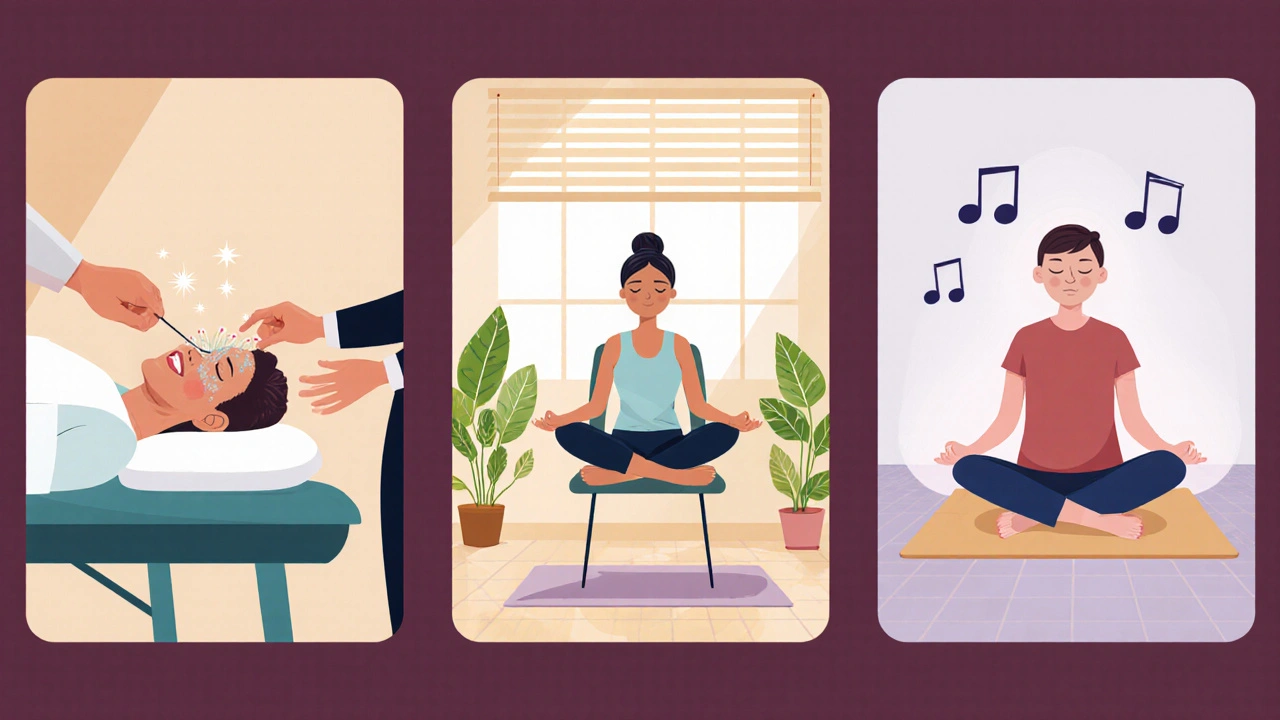
How to Integrate Alternatives into Conventional Treatment
1. Talk to your oncologist. Explain what you want to try and ask about possible interactions. Most cancer centers now have integrative oncology departments that can coordinate care. 2. Choose certified providers. Look for credentials such as Licensed Acupuncturist (LAc), Certified Yoga Therapist (CYT), or board‑certified mindfulness instructor. 3. Start slow. Begin with one therapy-perhaps a weekly acupuncture session-then evaluate how you feel before adding another. 4. Keep a symptom diary. Record pain levels, nausea, sleep quality, and mood before and after each session. This data helps both you and your medical team gauge effectiveness. 5. Stay consistent. Benefits typically accrue after several weeks, not after a single appointment.
Potential Pitfalls and How to Avoid Them
Even well‑intentioned alternatives can backfire if ignored guidelines are breached. Here are common issues and quick fixes:
- Unverified supplements. Some products contain heavy metals or interact with chemotherapy drugs. Always choose third‑party tested brands and discuss dosages with your pharmacist.
- Incorrect acupuncture points. Bad needle placement can cause bruising or infection. Verify the practitioner’s license and ask about sterilization protocols.
- Over‑exertion in yoga. Pushing through fatigue may worsen anemia. Modify poses, use props, and listen to your body.
- Self‑diagnosis. Relying on internet advice can lead to unsafe choices. Use reputable sources such as the National Center for Complementary and Integrative Health (NCCIH).
Real‑World Stories
Sarah, a 42‑year‑old from Cape Town, was diagnosed with acute myeloid leukemia. During induction therapy, she added twice‑weekly acupuncture and a daily 15‑minute mindfulness practice. Over three months, her nausea scores dropped from 8/10 to 3/10, and she reported feeling “more in control” of her treatment journey. Her oncologist noted that the supportive care likely helped her maintain a better nutritional intake, which is crucial during aggressive chemotherapy.
Mark, a 58‑year‑old lymphoma survivor, took up gentle yoga after stem‑cell transplant. He started with chair‑based poses and gradually progressed to standing balance work. Six months later, his fatigue rating improved by 30%, and he regained enough stamina to return to part‑time consulting work.
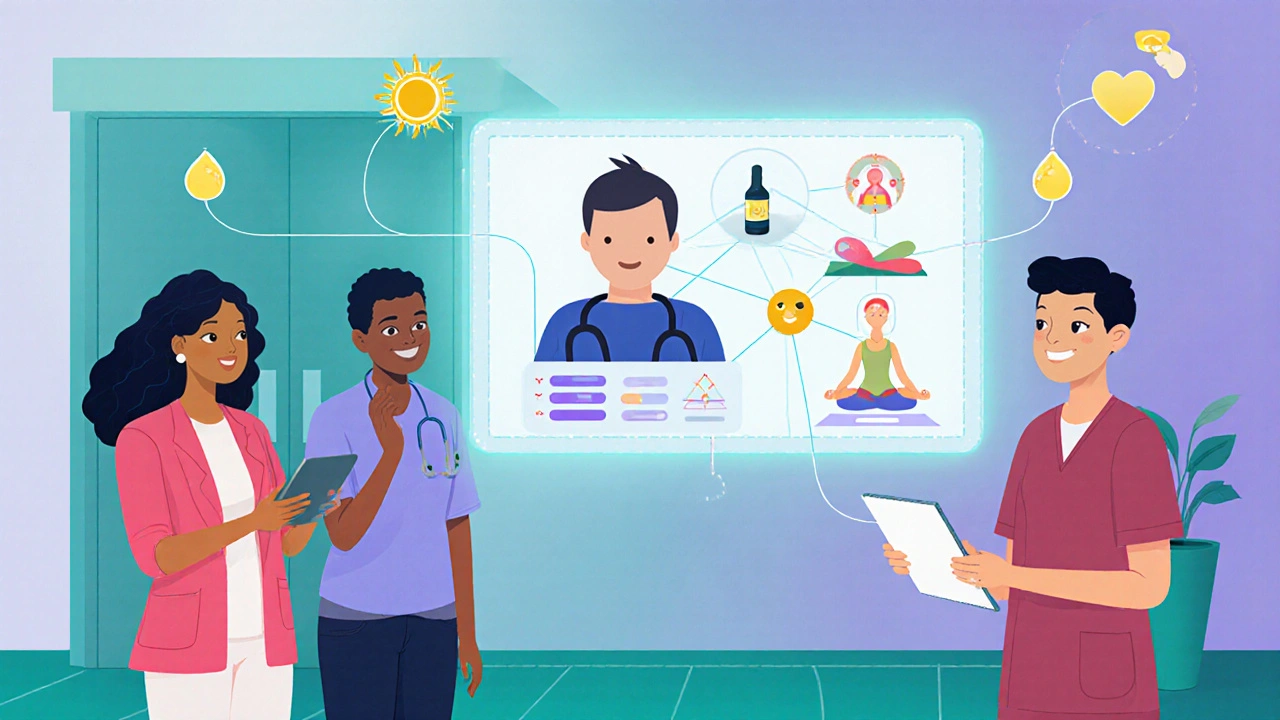
Looking Ahead: The Future of Integrative Care
Clinical trials are increasingly including alternative modalities as co‑primary endpoints. The upcoming 2026 International Hematology Congress will feature a session on “Precision Integrative Oncology,” where researchers aim to match specific therapies to genetic or immunologic profiles. Imagine a future where a patient’s blood markers dictate whether acupuncture, yoga, or a particular supplement will be most effective.
Key Resources for Patients
- NCCIH website - evidence summaries for each alternative modality.
- American Society of Clinical Oncology (ASCO) - guidelines on complementary therapies.
- Local integrative oncology clinics in South Africa - e.g., Durban Cancer Centre’s supportive care program.
- Apps for guided meditation - Insight Timer, Headspace (both have free versions).
Frequently Asked Questions
Can alternative therapies cure blood cancer?
No. They are supportive measures that can improve quality of life and help manage side‑effects, but they do not replace chemotherapy, radiation, or transplant.
Is acupuncture safe during chemotherapy?
Generally yes, when performed by a licensed practitioner who follows sterile technique. Discuss any clotting issues with your doctor first.
How often should I practice meditation?
Even 10 minutes a day can make a difference. Consistency matters more than session length.
Do I need a prescription for nutritional supplements?
Most over‑the‑counter supplements are available without a prescription, but you should still run them by your oncology team to avoid interactions.
What if I experience side‑effects from a new therapy?
Stop the practice, note the symptoms, and contact your medical provider right away. Adjustments or a different modality may be needed.
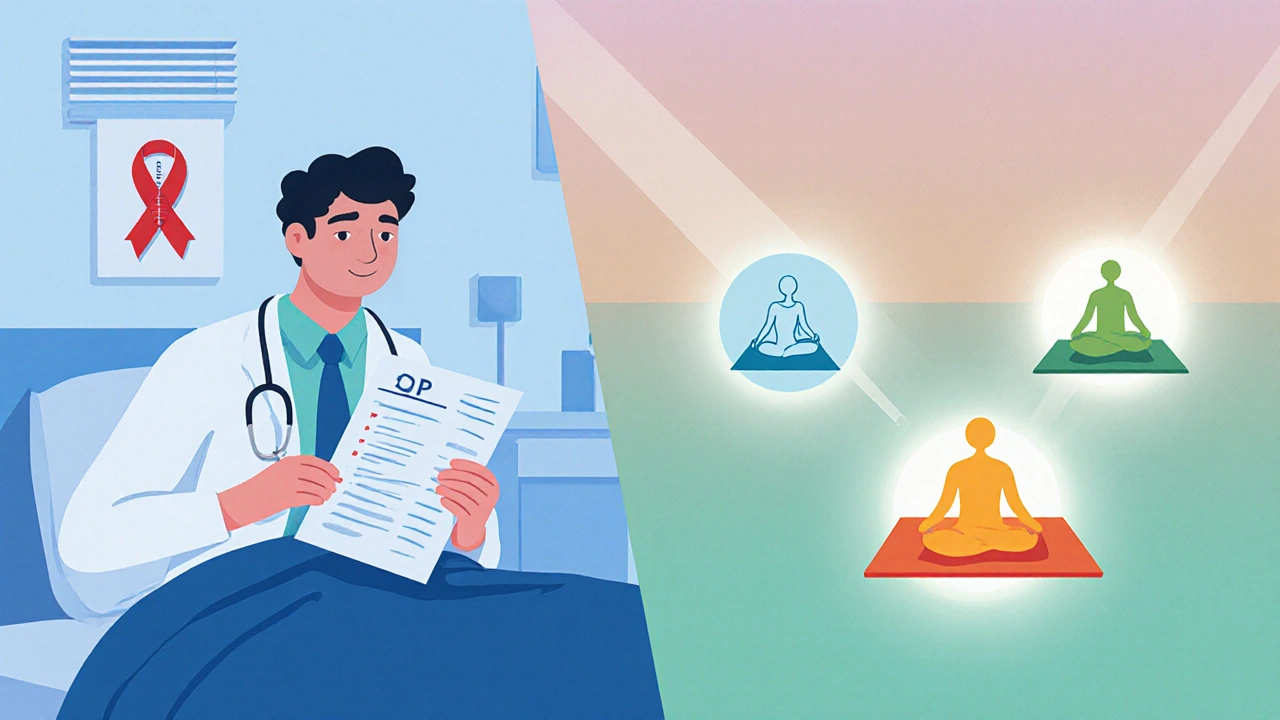
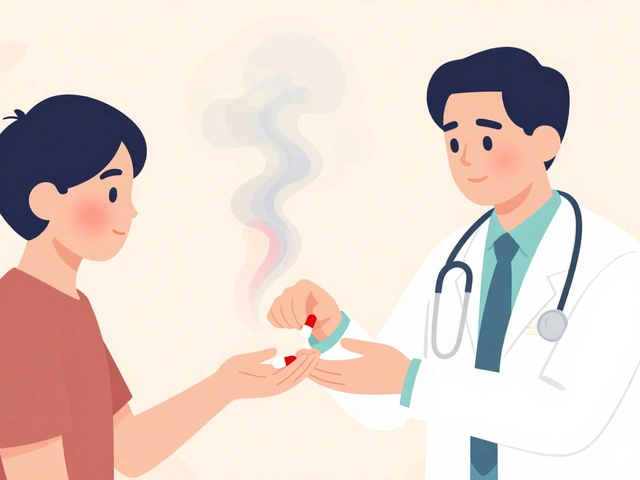

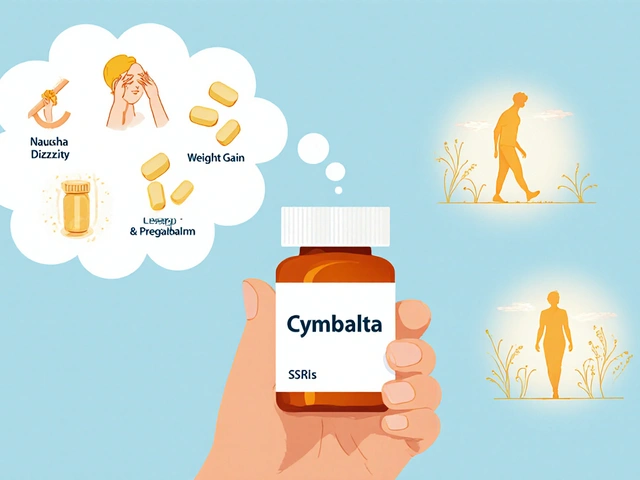



Acupuncture has solid evidence behind its anti‑nausea effect, especially for high‑dose chemotherapy, and the data have been replicated across multiple randomized trials. You should know that the technique works by stimulating specific neural pathways that modulate the vomiting center in the brainstem. When you look at the 2022 multi‑center study, the reduction in vomiting episodes was roughly forty percent compared to control groups. The needles are ultra‑thin, and when placed by a licensed practitioner with sterile technique, the risk of infection is negligible. However, you must disclose any bleeding disorders because acupuncture can cause minor bruising. I often see patients who skip this step and end up with unnecessary complications, which is why I stress it. Moreover, combining acupuncture with standard anti‑emetics creates a synergistic effect that many oncologists now recommend. The timing matters too; scheduling sessions a few hours before chemo can pre‑empt the worst of the nausea. If you’re skeptical about “energy pathways,” just remember that modern neuroimaging shows measurable changes in brain activity after needling. In addition to nausea, acupuncture can lessen chemotherapy‑induced peripheral neuropathy, a symptom that many patients find debilitating. The typical session lasts thirty to forty‑five minutes, and the protocol usually involves about six to eight visits over a treatment cycle. Some critics argue that the placebo effect is at play, but the blinded studies with sham needles still report significant benefit beyond placebo. From a cost perspective, acupuncture is often covered by insurance when a physician writes a referral, so it’s not just a luxury. It is also worth noting that the practice is safe for most blood cancer patients, provided you avoid points near the spleen if you have splenomegaly. Finally, keep a symptom diary before and after each session; the objective data will help you and your oncology team decide whether to continue. In short, if you’re looking for a non‑pharmacologic tool to tame nausea, acupuncture deserves a serious place in your supportive‑care arsenal.
Yoga is a gentle way to stay active during treatment and it helps with fatigue and mood without a lot of fuss
Mindfulness, particularly the eight‑week MBSR program, has been shown to cut insomnia rates by fifty percent, to lower cortisol levels, and to improve overall quality of life, which is especially valuable for patients undergoing stem‑cell transplant, because sleep disruption can exacerbate immune dysregulation, and the practice requires nothing more than a quiet space and a guided audio, making it both accessible and cost‑effective.
Healing starts within, and a quiet mind can survive any storm 🙂
While poetic, we must remember that relying solely on inner peace without medical supervision is a perilous fantasy; the body’s battles with cancer demand more than tranquil contemplation, and ignoring proven therapies borders on selfishness, which I cannot endorse.
Acupuncture’s neural modulation is interesting; the term “gate control theory” often pops up in discussions, and it explains how needling can dampen pain signals, which aligns with the clinical outcomes you mentioned.
Stop romanticizing jargon – the real issue is whether patients can actually access qualified acupuncturists without prohibitive costs, and the answer is often no, which makes the whole discussion feel detached from reality.
Hey everyone, keep exploring these supportive options – every little boost counts, and your journey inspires others! 🌟
From a UK perspective, many NHS trusts now have integrative care pathways, so you don’t always need private practitioners to get started.
Honestly, it’s infuriating how some systems still lag behind; we have the data, we have the experts, yet bureaucratic inertia drags us into needless suffering, and that must change now!!!
Esteemed colleagues, I encourage you to systematically document the outcomes of any adjunct therapy, as rigorous data collection will empower evidence‑based integration and ultimately enhance patient care standards.
Great point! By tracking symptoms daily – pain, nausea, sleep – we create a feedback loop that lets both patients and clinicians fine‑tune the supportive plan, leading to measurable improvements and brighter days ahead.